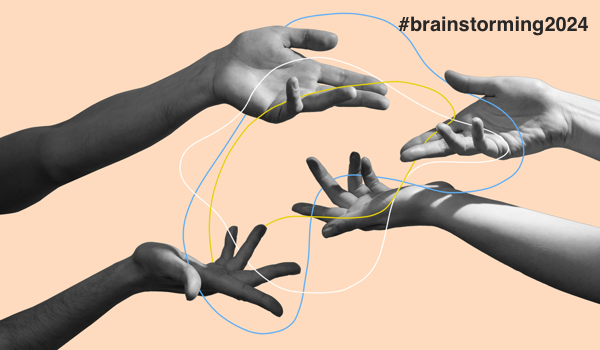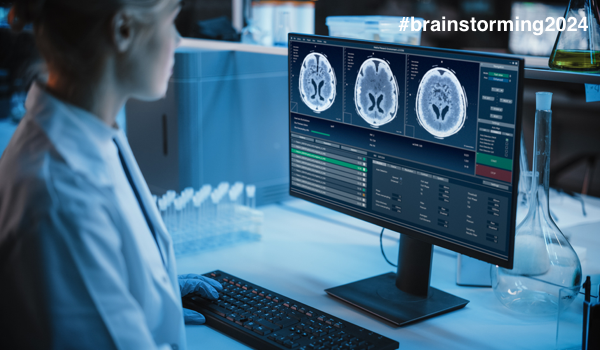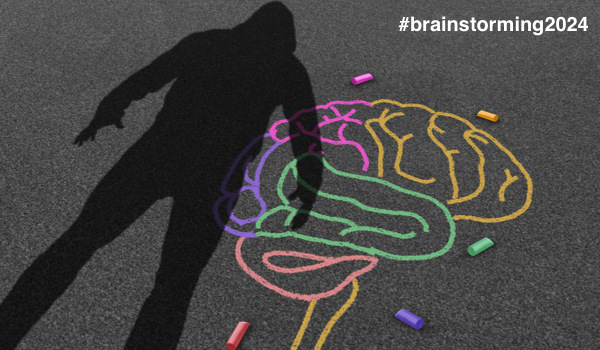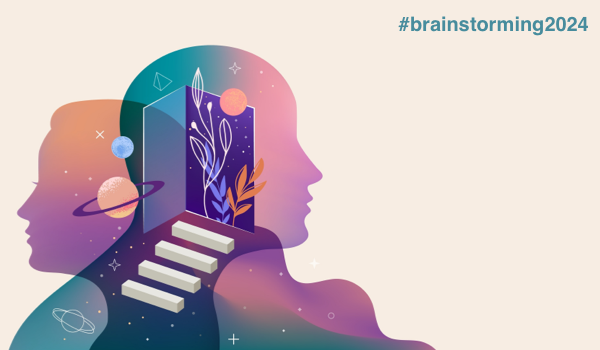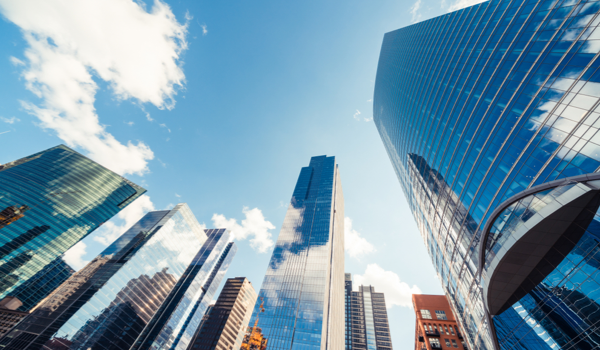

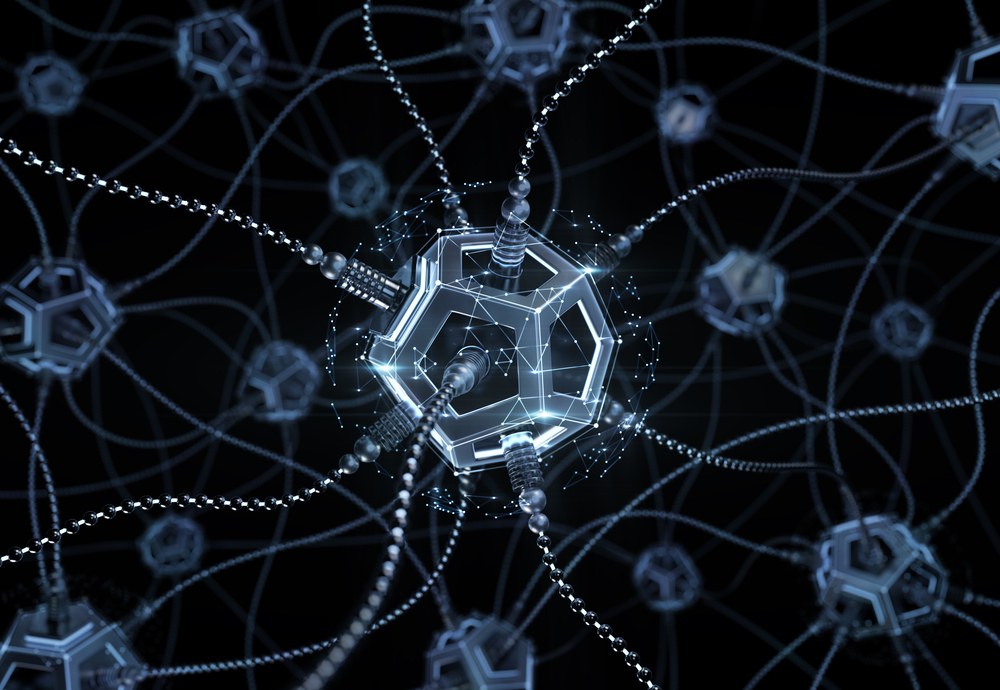
SAN ANTONIO, TEXAS - Computer systems have helped healthcare workers to work more efficiently for decades, but thanks to the advent of digital health technologies, those inside the healthcare industry have been able to make patient diagnosis more accurate, treat patients faster, and eliminate many of the side effects caused by medicines administered in the analog age.
Several domains and platforms have made this possible, from wearable technology that records biometric data from a person, to chatbots that help people diagnose their own diseases. With the application of artificial neural networks (ANNs) - or computer algorithms - that mimic the hierarchical structure of the mammalian brain, artificial intelligence (AI) is making a giant leap forward in the cancer diagnosis area because it is learning to make future predictions from past data.
Several different types of neural networks exist. Some help with the classification of numeric data and some with the processing of human language, while others assist in analyzing visual data from digital images. The process that helps analyze images - convolutional neural networks (CNNs) - is used in cancer diagnosis and to help healthcare practitioners and scientists, like histologists, identify diseases in humans early, and more quickly and accurately than trained doctors with decades of experience.
CNNs are programmed to learn from past data and can detect diseased tissue images at an early stage, e.g., what a tumor looks like versus healthy tissue. CNNs can even classify cancer in different stages by analyzing its images and features, such as the tumor's depth, color, circumference, size, shape, height, and location.
CNNs are considered a subset of ANN algorithms that contain more than one hidden layer (typically many more, and they are therefore “deep”). With every subsequent hidden layer added, they more thor
The content herein is subject to copyright by The Yuan. All rights reserved. The content of the services is owned or licensed to The Yuan. Such content from The Yuan may be shared and reprinted but must clearly identify The Yuan as its original source. Content from a third-party copyright holder identified in the copyright notice contained in such third party’s content appearing in The Yuan must likewise be clearly labeled as such. Continue with Linkedin
Continue with Linkedin
 Continue with Google
Continue with Google

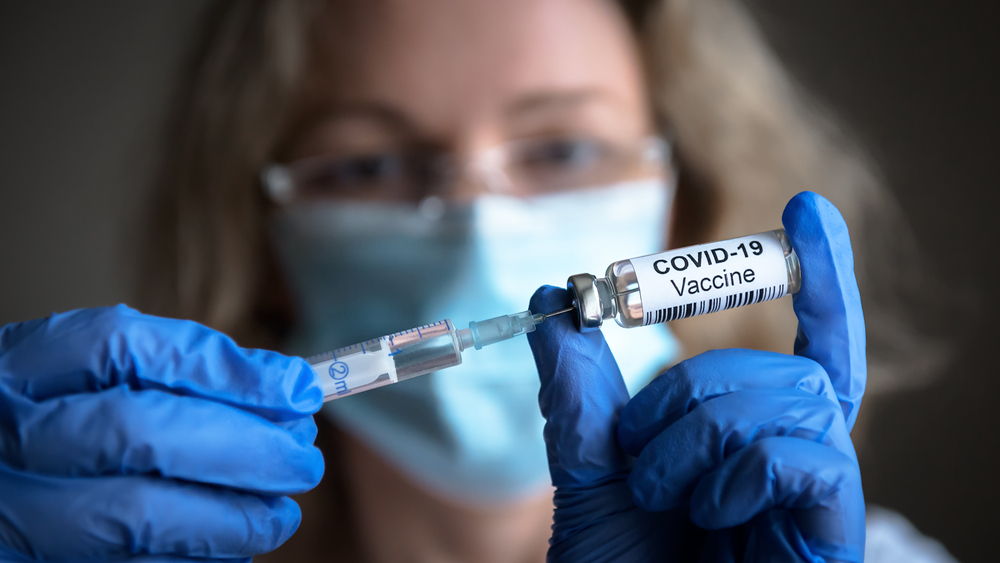







 2643 views
2643 views
